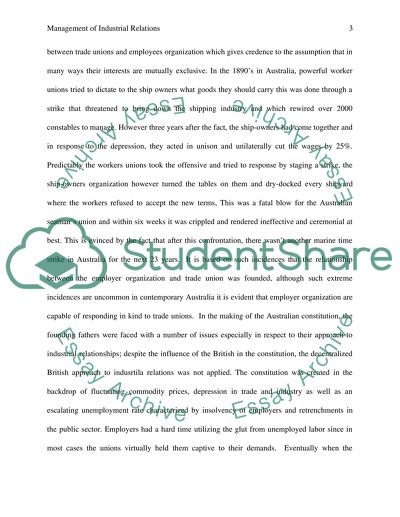Cite this document
(“Management of Industrial Relations Essay Example | Topics and Well Written Essays - 2500 words”, n.d.)
Retrieved from https://studentshare.org/human-resources/1647896-management-of-industrial-relations
Retrieved from https://studentshare.org/human-resources/1647896-management-of-industrial-relations
(Management of Industrial Relations Essay Example | Topics and Well Written Essays - 2500 Words)
https://studentshare.org/human-resources/1647896-management-of-industrial-relations.
https://studentshare.org/human-resources/1647896-management-of-industrial-relations.
“Management of Industrial Relations Essay Example | Topics and Well Written Essays - 2500 Words”, n.d. https://studentshare.org/human-resources/1647896-management-of-industrial-relations.


